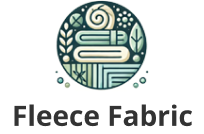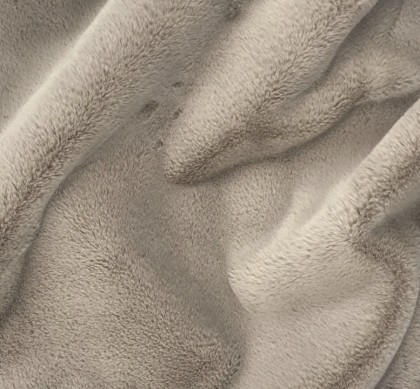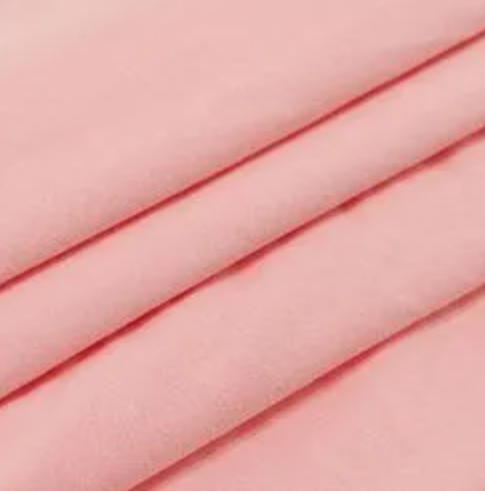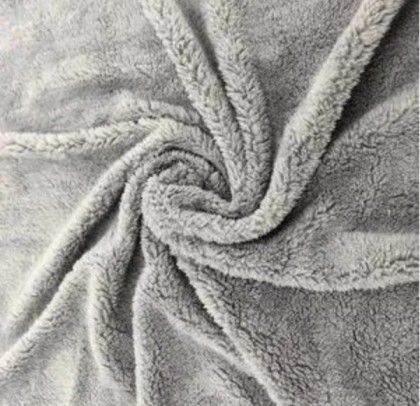Введение
In the highly competitive textile industry, ensuring the highest quality in every product is paramount. At our factory, we pride ourselves on our stringent quality control measures in the manufacturing of flannel fleece. This fabric, known for its softness, warmth, and versatility, has become a staple in homes and wardrobes worldwide. In this article, we will delve into the various quality control processes we implement at our factory to guarantee that every roll of flannel fleece meets the highest standards.

Understanding Flannel Fleece
Before exploring our quality control measures, it’s essential to understand what flannel fleece is and why it is so highly valued. Фланелевый флис is a synthetic fabric typically made from polyester. It is characterized by its plush texture, lightweight properties, and ability to retain heat, making it ideal for a wide range of products, including blankets, pajamas, and outerwear. Given its popularity, maintaining quality throughout the production process is critical.
The Importance of Quality Control
Quality control in flannel fleece manufacturing is crucial for several reasons:
- Customer Satisfaction: High-quality products lead to satisfied customers, repeat business, and positive reviews.
- Brand Reputation: Consistently high standards bolster a brand’s reputation in the industry, attracting more clients and partnerships.
- Cost Efficiency: Preventing defects and ensuring quality from the outset can reduce costs associated with returns, waste, and rework.
- Compliance: Adhering to quality standards helps ensure compliance with industry regulations and certifications, which can be necessary for market access.
Quality Control Measures in Our Factory
1. Raw Material Inspection
The quality control process begins long before the actual manufacturing of flannel fleece. We conduct rigorous inspections of raw materials upon arrival at our factory. This includes:
- Vendor Assessment: We partner with trusted suppliers who adhere to quality standards. Regular evaluations of their practices help maintain a reliable supply chain.
- Material Testing: Each batch of polyester fibers is subjected to testing for colorfastness, tensile strength, and softness. This assures that only the highest quality materials are used in our manufacturing process.
2. In-Process Quality Checks
Once production begins, quality control continues with a series of in-process checks. These measures help identify any issues early, minimizing the risk of defective products reaching the market.
- Yarn Inspection: After spinning the polyester fibers into yarn, we inspect the yarn for uniformity and strength. Issues such as uneven textures can lead to defects in the final fabric.
- Knitting Quality Tests: As we knit the yarn into flannel fleece, our technicians conduct regular inspections for consistency in density and pattern. Any deviations are addressed immediately to ensure uniformity.
- Napping Process Monitoring: The napping process is what gives flannel fleece its characteristic softness. We monitor this step closely, adjusting parameters to achieve the desired texture without compromising the fabric’s integrity.
3. Final Inspection Before Dyeing
Before the flannel fleece fabric is dyed, it undergoes a final inspection to ensure it meets all quality specifications. This includes:
- Defect Identification: Our quality control team thoroughly examines the fabric for any defects, such as pulls, snags, or discolorations.
- Sample Testing: Random samples are taken for testing color absorption and reaction to the dye. This ensures that the dyeing process will yield a consistent and appealing finish.
4. Dyeing Process Control
The dyeing phase is critical for achieving the vibrant colors and patterns characteristic of flannel fleece. Quality control measures at this stage include:
- Eco-Friendly Chemical Checking: We verify that all dyes and chemicals used are compliant with industry standards for safety and environmental impact.
- Color Consistency Tests: We perform color consistency tests throughout the dyeing process to confirm that the final product will meet customer specifications.
5. Post-Dye Finishing Checks
After dyeing, the fabric goes through finishing processes to enhance its properties, including softening and treatment for moisture-wicking capabilities. Quality control at this stage involves:
- Softness Evaluation: We conduct tactile assessments to ensure the desired softness is achieved without compromising durability.
- Moisture Wicking Tests: For those flannel fleece products intended for active use, we perform moisture-wicking tests to confirm performance standards.




